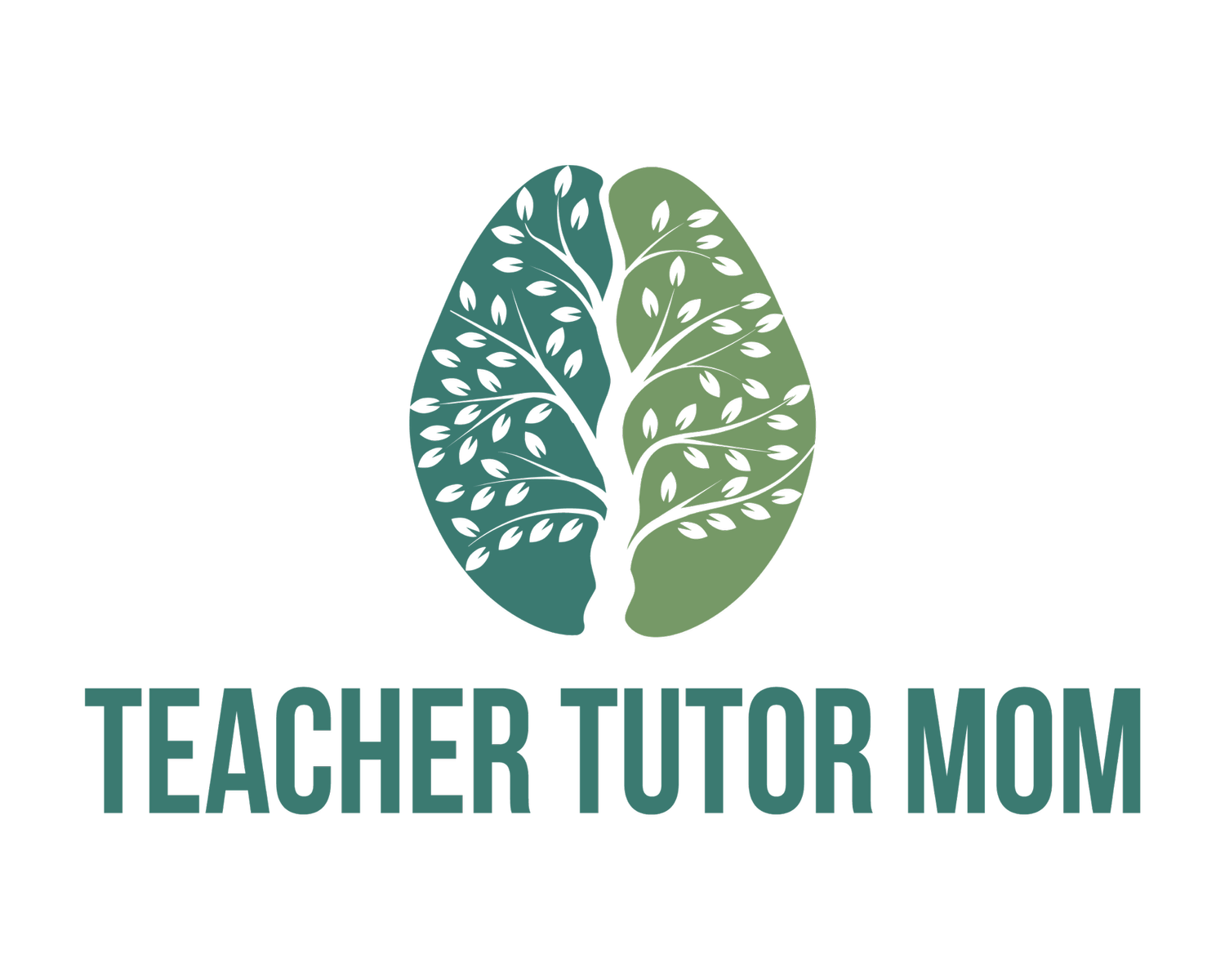What Do the Letters Say? How to teach the sounds from A to Z
There are 44 sounds in the English language, and quite a few ways to spell each of them. For example, the long O sound can be spelled several different ways: o (go), o-e (sole), oa (goat), ow (row), oe (toe). And we could continue to get lost in the weeds…but we’ll come back to that at a later time.
Heads up: This post contains affiliate links. That just means, if you use one of my links to a product, I may earn a commission on that purchase, but it won’t cost you any extra money. If you choose to use my links, THANK YOU a million!! Learn more.
But what should I teach my Preschool or Kindergartener?
For now, what should we actually teach when we simply introduce the sounds of English letters? How about a simple list of the letters with the most basic sounds that each letter makes? Check it out below…and you can even download it in PDF form for future reference!
My suggestion for starting out is to teach the “short” and “long” sound of each vowel as well as the main (1-2) sounds for each consonant. Don’t worry, most of the consonants just make one sound! See the list below for examples and explanations. I have included the third sound of some of the vowels, as they can be really useful to teach as well, but again you will probably want to focus on the long and short sounds first before introducing more sounds.
Want a PDF version of the following A to Z information? I’d love to send you a free copy - just fill in the form below!
List of basic sounds for each letter A to Z with explanations:
Notice that the SOUNDS of the letters are written in between / / to make it clear that I am talking about the sound the letter makes rather than the letter itself. I’ve tried to use a capital letter to denote when I’m talking about the letter itself.
Aa - apple (short sound), ape (long sound) - Words like "ant" may be pronounced with a slightly different sound than the A in apple. Depending on dialect or accent this can cause confusion; so, try to pick words like alligator or apple to get the true first sound of A. The third sound of A is “ah” as in “father” or “all.” A has other sounds - feel free to check them out here if you really want to delve in. But you can just focus on the first three sounds.
Bb - bee - When you pronounce the /b/ sound be sure to keep it short and clipped. Don’t say “buh”; try to keep it to the actual /b/.
Cc - cow (hard sound), city (soft sound) - C says the /s/ sound before the letters E (race), I (city), and Y (cycle). Most of the rest of the time C says /k/. In other words, C says /k/ after A, O, U, and consonants. C doesn't even have its own sound! It steals from either K or S.
Dd - donkey - Again, keep the /d/ clipped. Don’t pronounce it /duh/.
Ee - egg (short sound), emu (long sound) - Some words that have an E can be confusing because of pronunciation/accents. So, if you pronounce a word like “pen” be sure to clearly enunciate the /e/ sound in it so it doesn’t sound like “pin.”
Ff - frog - Thankfully just one sound. Yes, there are other combinations that can make the /f/ sound (like “laugh”) but remember that here we are just teaching the basic sounds of each letter.
Gg - goat, (hard sound) giant (soft sound) - G says /j/ after E, I, or Y (just like the soft sound of C). It says /g/ after most everything else. Though “G says /j/” is typically not taught until after kids have learned the first sound of G, it is interesting to note that G is actually responsible for the /j/ sound more often than the letter J is. Weird right?! It is your choice whether you teach this now or save it.
Hh - ham - H shows up a lot in combination with other letters (sh, th, etc.) but when we teach its sound we are focusing on the letter by itself.
Ii - iguana (short sound), ice-cream (long sound)
Jj - jellyfish - Just one sound to teach here, but remember how G says /j/ even more often than J does!? (You don’t need to teach that…just so you know.)
Kk - kite - But, just keep the k short and don’t add “uh” after it (“kuh”).
Ll - lemon - Again, keep the sound clean - don’t say /luh/. If you need to, it is better to say /ul/ than /luh/ because the latter makes kids think there is an extra vowel sound (uh) in the middle of the word.
Mm - mushroom - Focus on pronouncing this sound /mmmm/ rather than /muh/.
Nn - nest - Just like I said above with the letter M, enunciate /nnn/ not /nuh/.
Oo - ox (short sound), oval (long sound) - Be care not to use words like “owl” when teaching words that start with O. Think about the actual sound the letter o makes in the example you choose. There is a third sound of O, that is worth teaching - it makes the short ŭ sound as in “other.” (Quite a few “sight words” use this third sound of U.)
Pp - popcorn - As with other letters, keep it short /p/ NOT /puh/.
Qq - question - Q may often be written “qu” because it is USUALLY followed by U. So, /kwuh/ is actually the correct pronunciation for it. (English words with a Q NOT followed by U are typically from other languages and pronounced like a /k/. See below for more info.)
Rr - rainbow - When pronouncing R, say /er/ rather than /ruh/.
Ss - snowman - Though not always taught initially to children, S can also say /z/, especially at the end of a word. For instance, think about "goes" or "bugs"...it actually says /z/ in these words, not /s/. Though they are incredibly similar and many kids may not notice the difference, if you have a particularly perceptive or precise child, it may help them to teach both sounds from the get-go.
Tt - toe - This letter is easier to keep short and clipped than some others, but just a reminder - don’t say /tuh/.
Uu - umbrella (short sound), unicorn (long sound) - You could add in a third sound of U which is /oo/ as in “rude.” (Often we think of the 2nd and 3rd sounds as the same but if you notice, they are not actually the same.) Finally, if you want to go ahead and teach it, U also says “Ʊ” as in put. (Sorry for the weird symbol there - it’s technically a Latin “upsilon,” and it’s used by the International Phonetic Alphabet to say this sound.)
Vv - vine - V is pretty simple, thankfully. Just keep the sound short, don’t add the /uh/ after it.
Ww - wave - Ditto for W - keep it short so it doesn’t have a /uh/ on the end as much as possible.
Xx - xray (X can also sound like a Z, ex: xylophone) In the middle of a word, x actually sounds slightly different than at the beginning (which is rare but is shown in the picture). Note the way xray sounds like you hear the whole letter "x" pronounced. But at the end/middle of a word like box you hear a /ks/ sound.
Yy - yellow (consonant sound at the beginning of a word), fly - Y says the long /ī/ sound (at the end of one-syllable words). happy - Y says the long /ē/ sound (at the end of two-syllable words). It can also say the short /ĭ/ sound in the middle of a word, as in “gym,” but I have not included that as one of the basic sounds on the flashcards.
Zz - zebra - Just simply /z/ and you are good to go. Thankfully we get to close out on a simple letter!! Whew!
Exception to QU Rule:
Typically when teaching students the Q sound it is ok to add the U after it - because most common English words spell “kwuh” sound this way. However, there are words in English (4,422 to be exact) that have a Q without a U. These words seem to primarily come from other (specifically Semitic) languages. Below I have included some references for you to check out for more information.
“Q without U is used to represent sounds not often found in English but typical in Semitic languages. Loan words such as Qur’an and Iraq are examples of Q’s guttural /k/ sound." (from: this dictionary.com page)
"In American and Canadian English, there are currently 4,422 words with Q not followed by U including the following words in the table below." (from this Wikipedia article)
My Reference List & Further Reading:
Phonics from A to Z: A Practical Guide by Wiley Blevins is a fantastic resource full of phonics information for teachers. It is written for the busy teacher or parent - not a scholarly treatise that will bore you to tears. It is one of my favorite FRIENDLY reference books. I personally own the 2nd edition, but this link is to the current (4th) edition. I can assume it has only gotten better with age!!
Sounding Out the Sight Words: An Alternative to Rote Memorization by Denise Eide & Cindy Kringelis. This book is a fantastic resource if you want to see how all 220 of the Dolch high-frequency words taught in schools as sight-words are able to be phonetically sounded out. It can be used as a stand-alone reference or in conjunction with other resources from their program (Logic of English).
Teaching Phonics and Word Study in the Intermediate Grades by Wiley Blevins. You’ve seen his name already - I love Wiley Blevins’ materials! This book includes lists, lists, and more lists of words and word parts and examples of words that follow certain structures. Mine is an older edition, but above is the link to the 3rd edition.
Recipe for Reading by Frances Bloom and Nina Traub. This book was used as a primary textbook for tutors when I was trained in the Orton-Gillingham methodology (a program for teaching students with dyslexia).
How to Teach Spelling by Lara Toby Rudinsky and Elizabeth C Haskell. This book is a thorough explanation of English spelling, and it could be used to teach spelling in grades K-12, though it doesn’t have any bells and whistles. I primarily use it as a reference book.
Related TTM Articles:
Other Related Resources:
If you need a set of printable alphabet flashcards or want to check out other educational resources from my Etsy shop (scholartree.etsy.com) use code READER10 for 10% off your order.
This FREE PDF from ReadingRockets.org shows The 44 Sounds of English with the various ways that each sound can be spelled from multiple letters, and it gives examples for each. (The link is: www.readingrockets.org/sites/default/files/migrated/the-44-phonemes-of-english.pdf)




